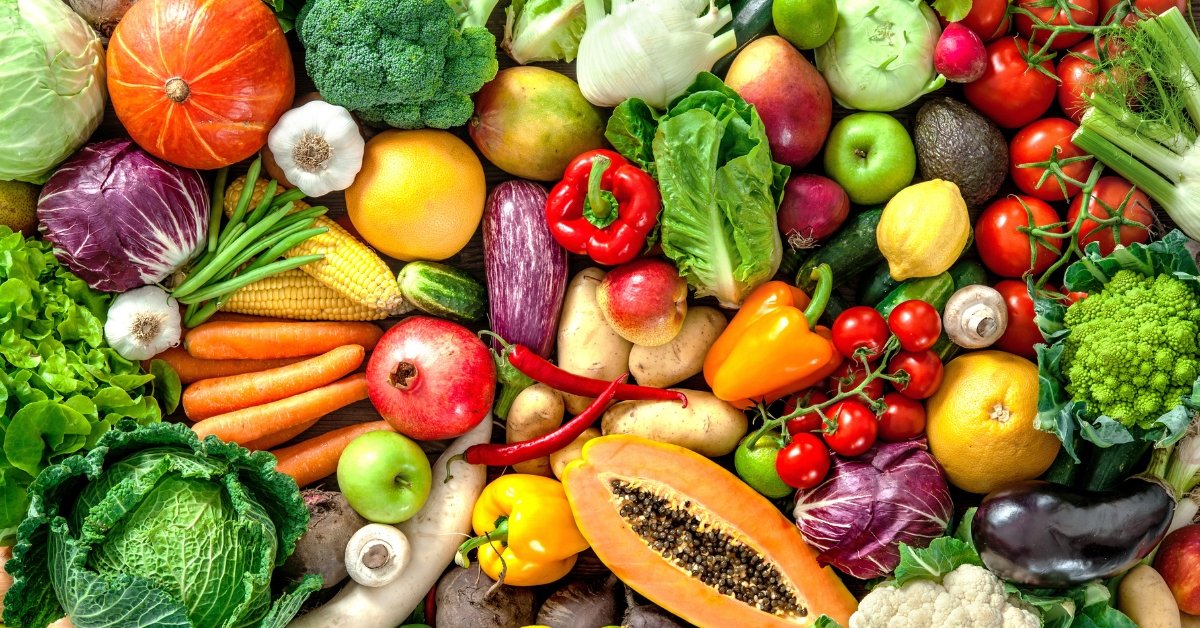Explore key vegetables for export from India to the U.S., with insights on compliance, quality, and market strategies.
Table of Contents
In today’s global economy, exporting agricultural products is a lucrative business opportunity.
With its rich agricultural heritage, India is a prime candidate for exporting various vegetables to international markets, including the United States.
This guide aims to simplify and clarify the process and benefits of exporting vegetables from India to the U.S., making it accessible and engaging for readers who appreciate straightforwardness in writing.
Understanding the Market
Before diving into the specifics, it is crucial to understand the dynamics of the U.S. market, which has a high demand for diverse and quality vegetable products.
Exporters should know the regulatory requirements and consumer preferences to penetrate this market successfully.
Key Vegetables to Export
India is home to a vast array of vegetables that are not only staple foods within the country but also highly sought after in international markets, including the U.S.
Here is a breakdown of some of the most promising vegetables for export based on their popularity and demand:
Okra (Bhindi)
- Season: March to September
- Regions: Uttar Pradesh, West Bengal, Bihar
Eggplant (Brinjal)
- Season: Throughout the year, peak in October to March
- Regions: West Bengal, Maharashtra, Bihar
Bitter Gourd (Karela)
- Season: April to June and September to November
- Regions: Karnataka, Kerala, Tamil Nadu
Green Chili (Hari Mirch)
- Season: Throughout the year, with variations based on region
- Regions: Andhra Pradesh, Tamil Nadu, Maharashtra
Drumstick (Moringa)
- Season: Almost year-round
- Regions: Tamil Nadu, Karnataka, Andhra Pradesh
Market Entry Strategies
To successfully export vegetables from India to the U.S., consider the following strategies:
- Identify Your Niche: Focus on vegetables with a consistent demand and withstand long transportation durations.
- Understand Regulatory Requirements: Familiarize yourself with U.S. import regulations to ensure compliance.
- Establish Quality Standards: Maintain high quality to meet U.S. consumer expectations.
- Build Reliable Logistics: Partner with efficient logistics providers to ensure timely delivery.
Key Considerations for Exporters
Exporting vegetables from India to the U.S. involves several critical considerations to ensure success:
- Quality Control: Implement strict quality checks to meet U.S. standards.
- Packaging and Labeling: Use appropriate packaging to prolong shelf life and include all necessary labels as per U.S. regulations.
- Certifications: Obtain relevant certifications (e.g., USDA organic) to enhance marketability.
- Market Research: Continuously research U.S. market trends to adapt offerings accordingly.
Conclusion
Exporting vegetables from India to the U.S. is a promising venture with significant growth potential.
By focusing on high-demand vegetables, understanding market needs, and adhering to regulatory requirements, Indian exporters can successfully tap into the lucrative U.S. market.
This guide provides a comprehensive overview to simplify the process for those exploring this opportunity.
At THOUSIF EXIM, we are experts in taking your business global. We navigate international markets to help you expand effortlessly. Ready to break boundaries and boost your business? Contact us today, and let us conquer the world together!







